Dracula 4 Review
Introduction
The Dracula franchise started as a PS1 game back in 1999 and a mere three sequels have been released since, with each subsquential title being made by a different developer each time. This time it’s the turn of developers Microids to try breath some life back into a dying franchise. The Bram Stoker story of Dracula should be excellent material for a pretty good video game. Blood-sucking vampires, gothic fantasy world, conspiracies, legends, horror and folklore would make for a good game if in the capable hands of a developer willing to go that extra mile. Unfortunately, Dracula 4 lacks any of that and settles instead for a below average point-and-click adventure game.
Story
A ship en route to America carrying extremely valuable paintings sinks in the middle of the Atlantic ocean. 15 paintings are destroyed in the capsizing and the cause of the catastrophe remains a mystery. A few days later a painting, thought to be at the bottom of the Atlantic, resurfaces in Budapest and so the Metropolitan Museum sends Ellen Cross to investigate.
Ellen Cross is a mild-mannered Art Restoration specialist working for the Museum. Ellen is also terminally ill. So ill in fact she could die at any moment if she doesn’t keep taking her medication. The game never tells us what her exact ailment is other than that it’s something destroying her white bloodcells. A foreshadowing to a twist in the story for the inevitable Dracula 5 perhaps?
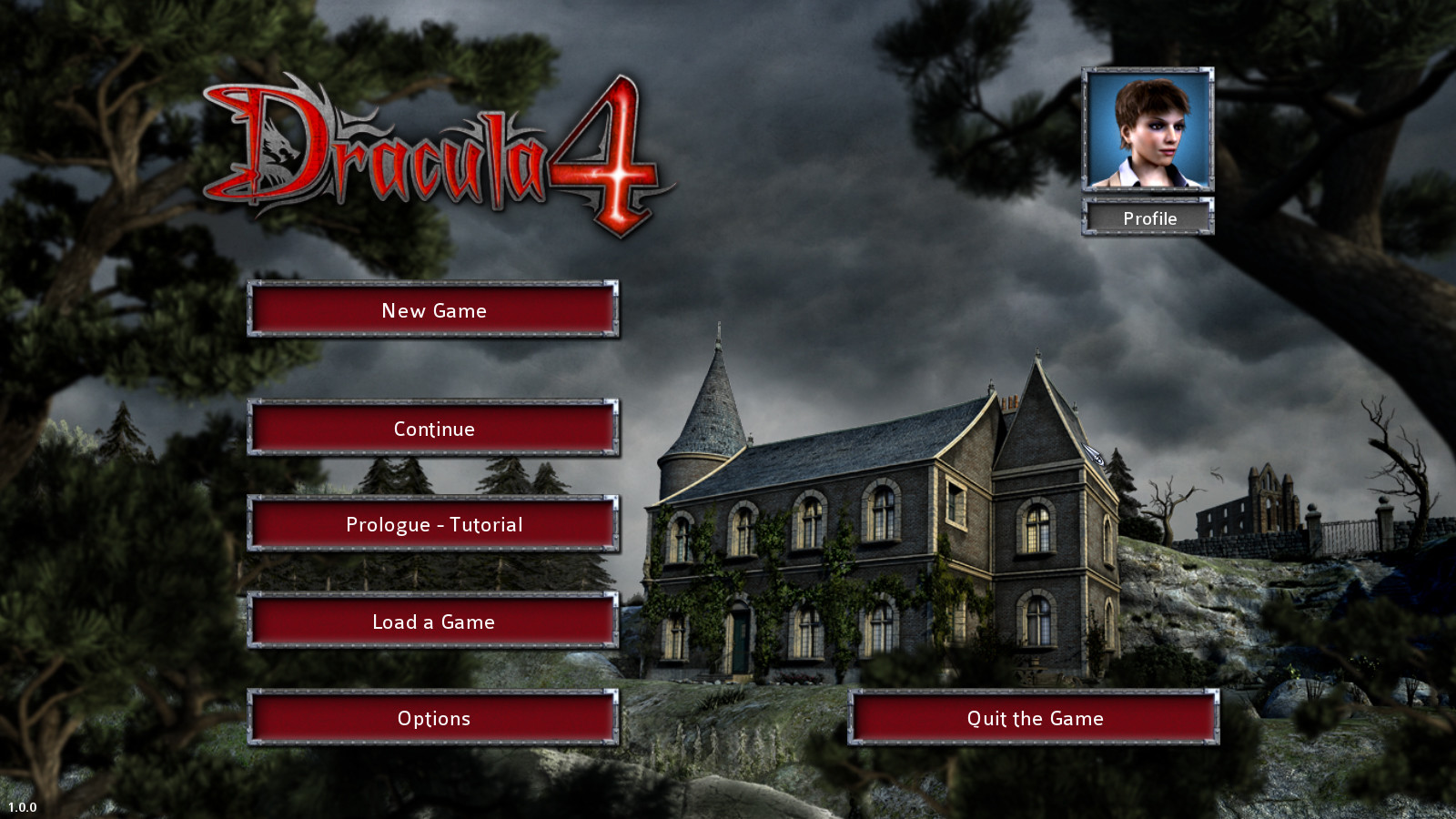
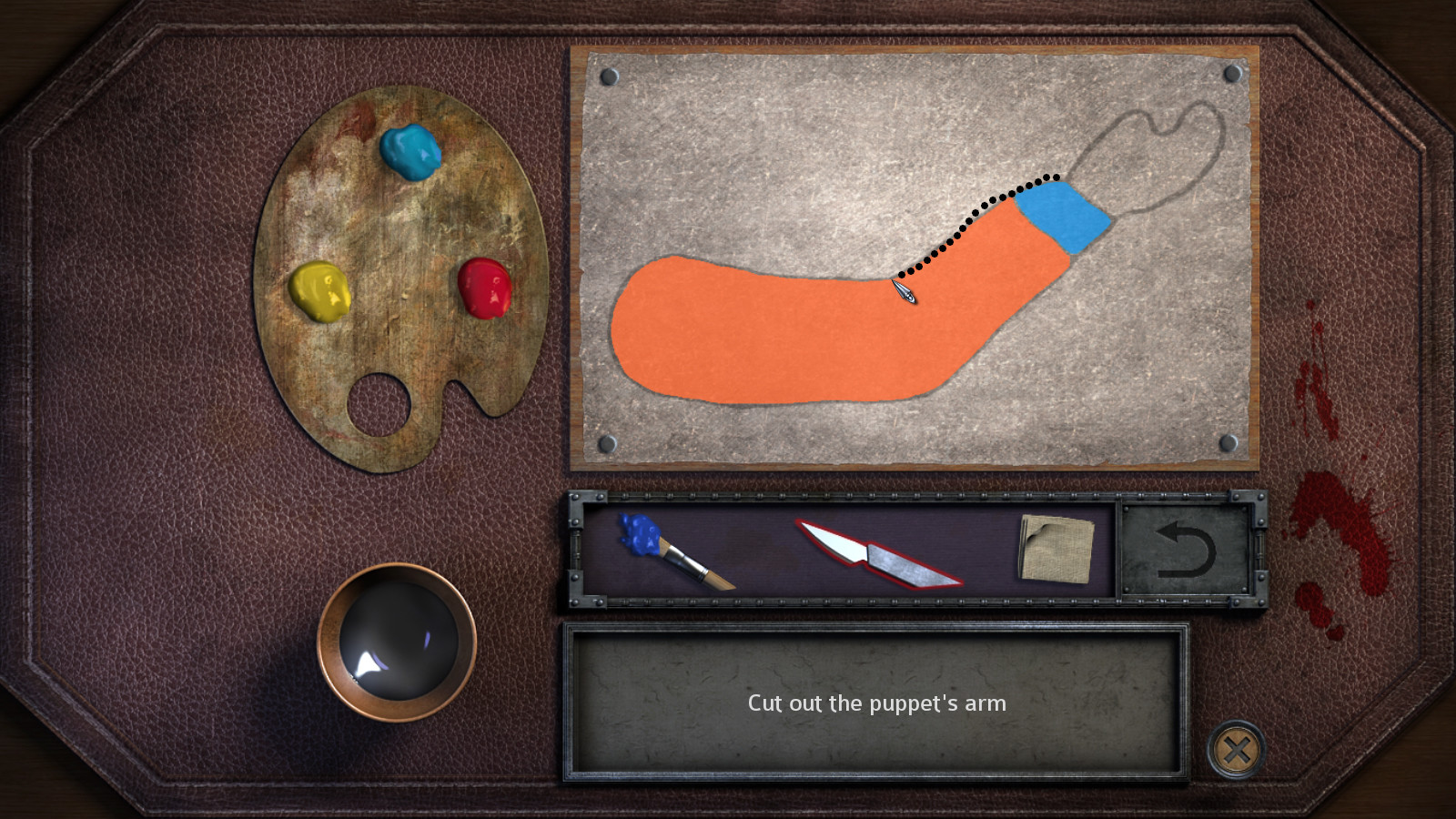
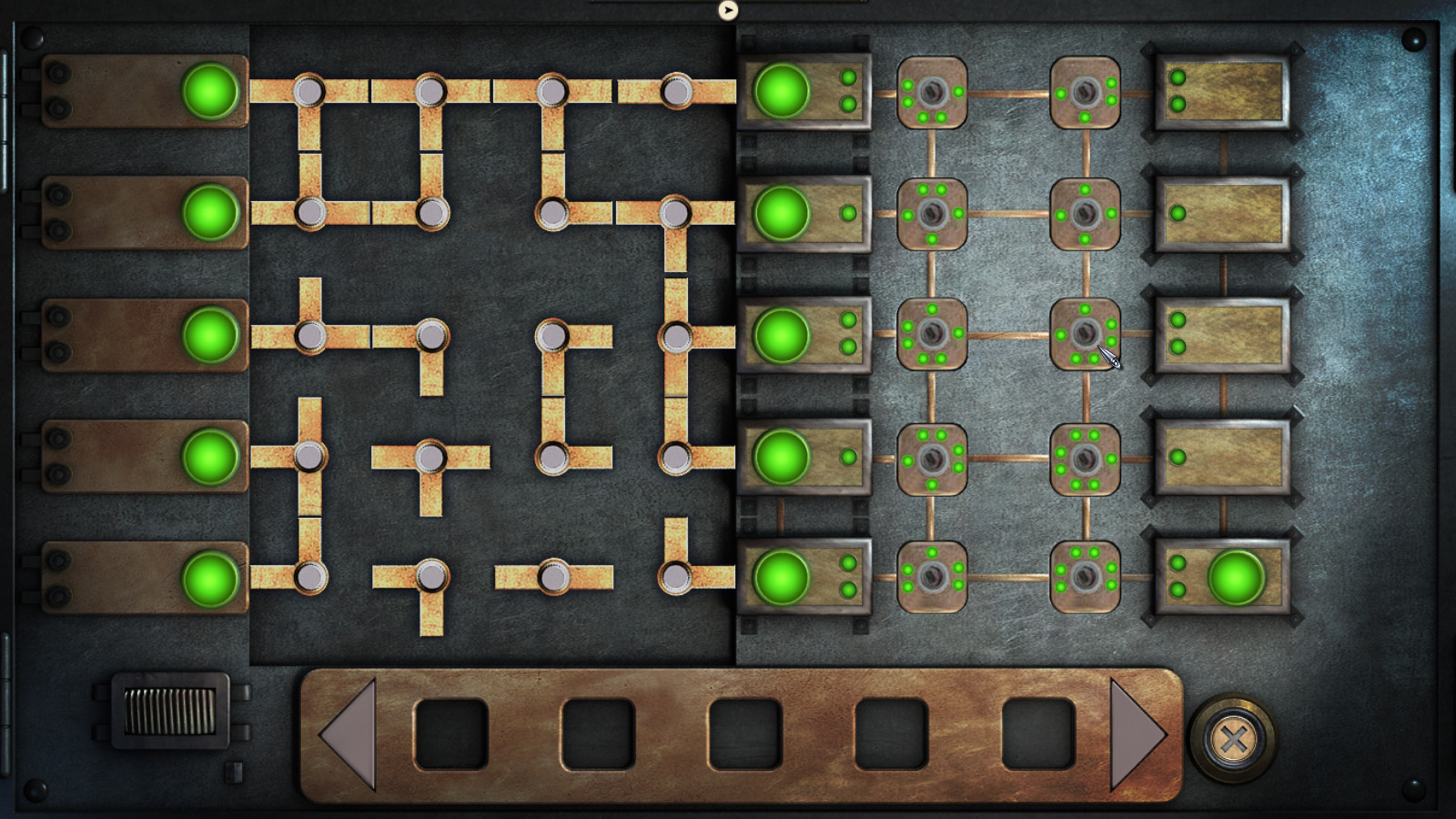
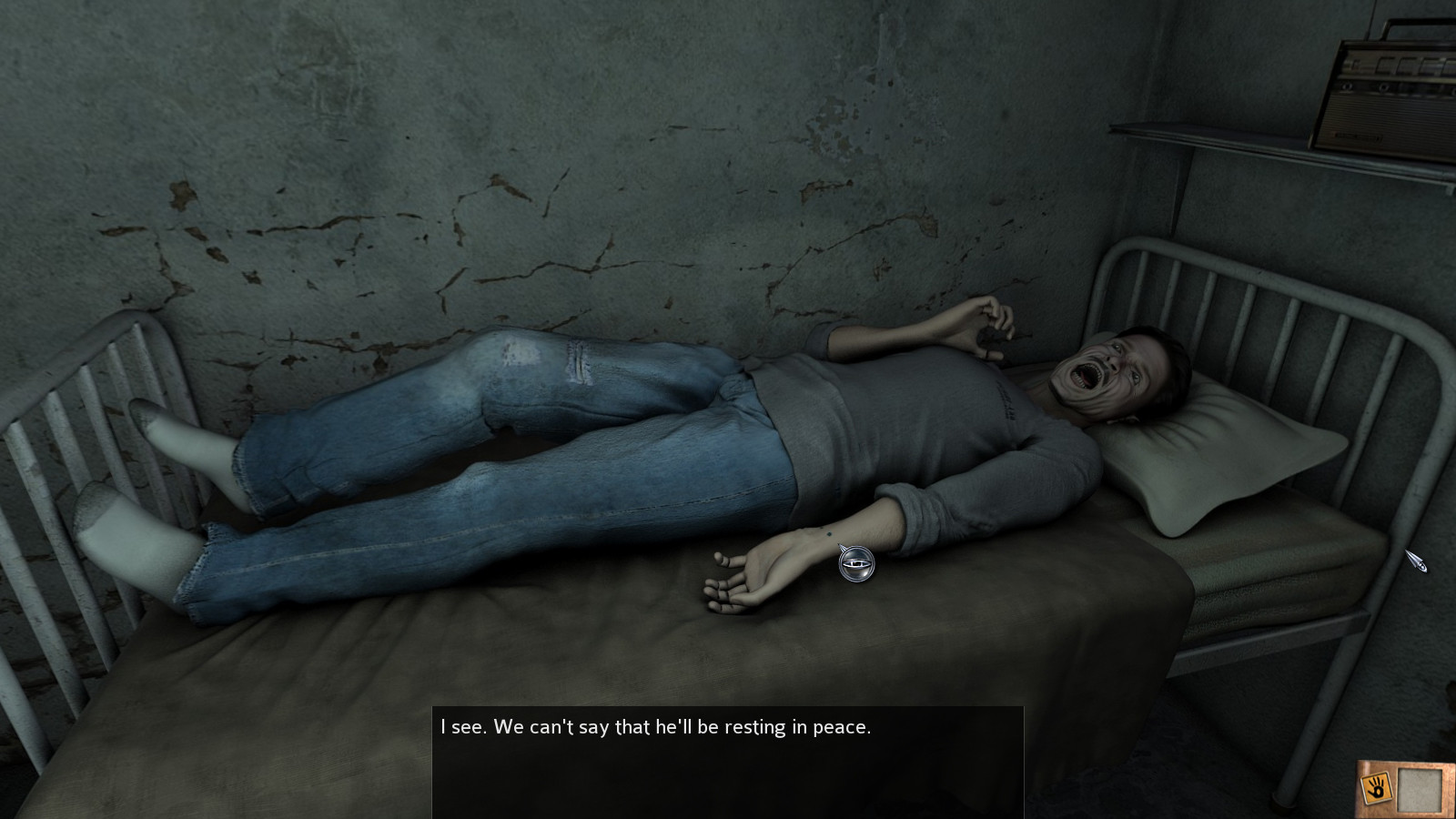
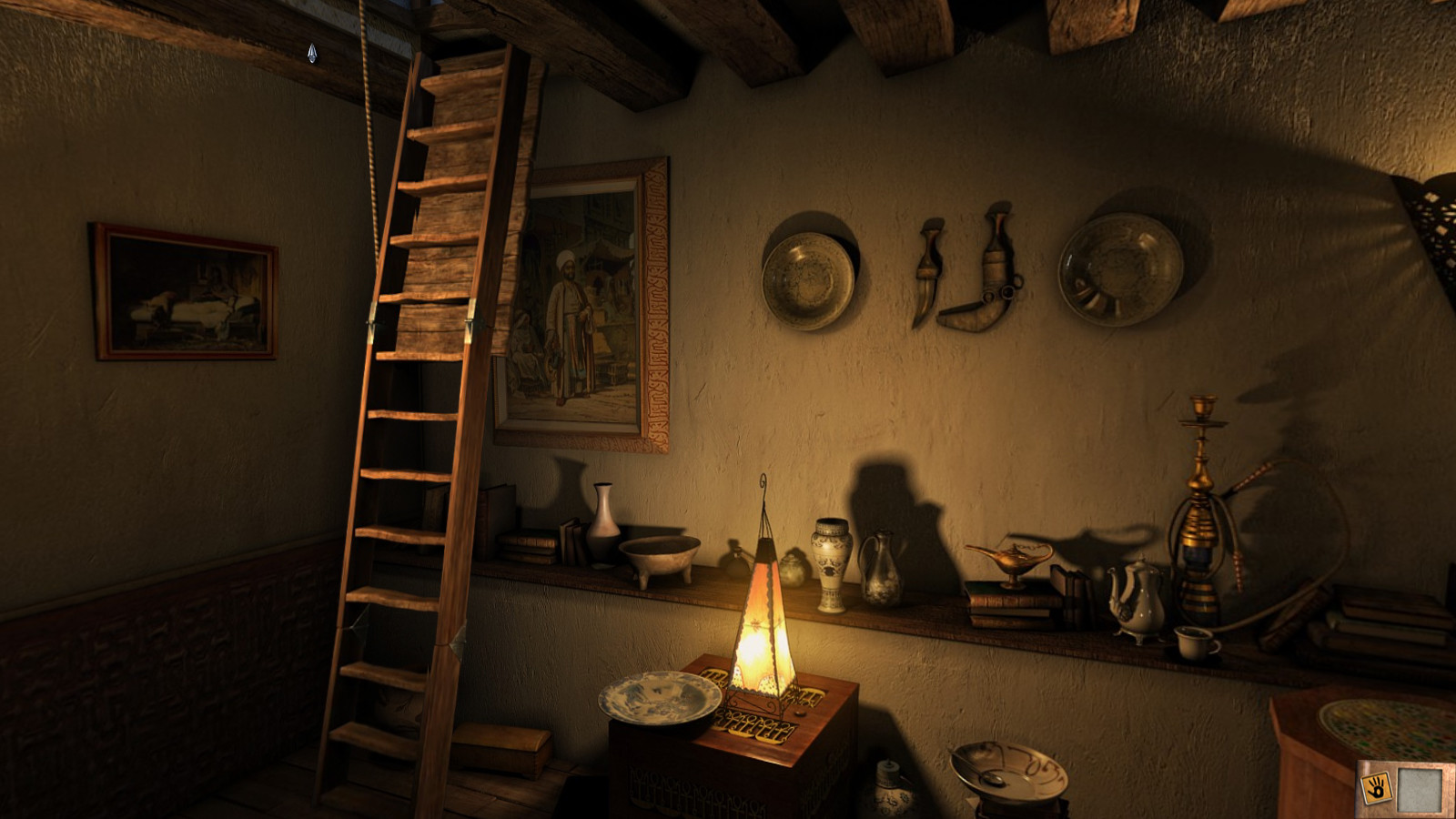
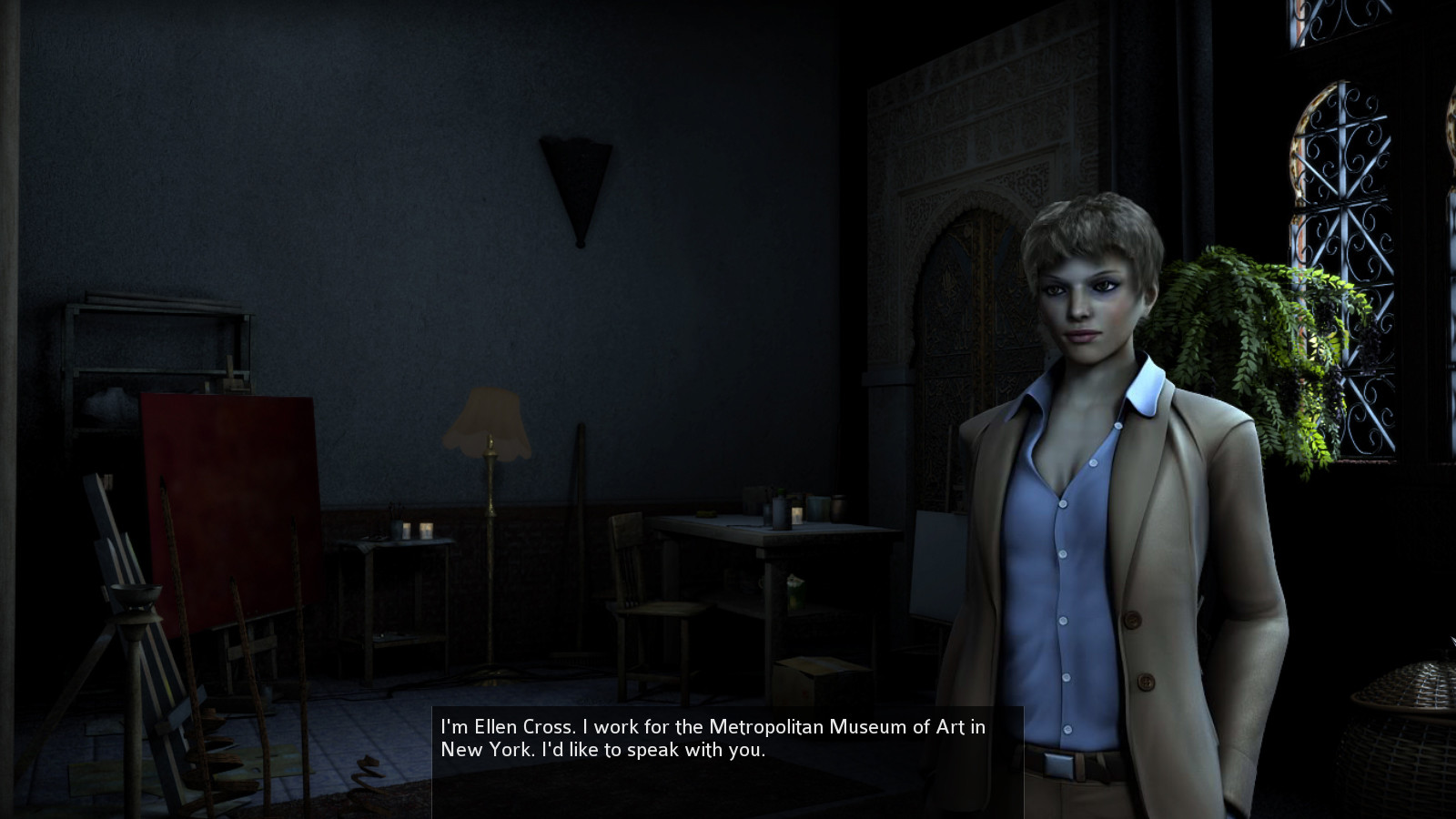

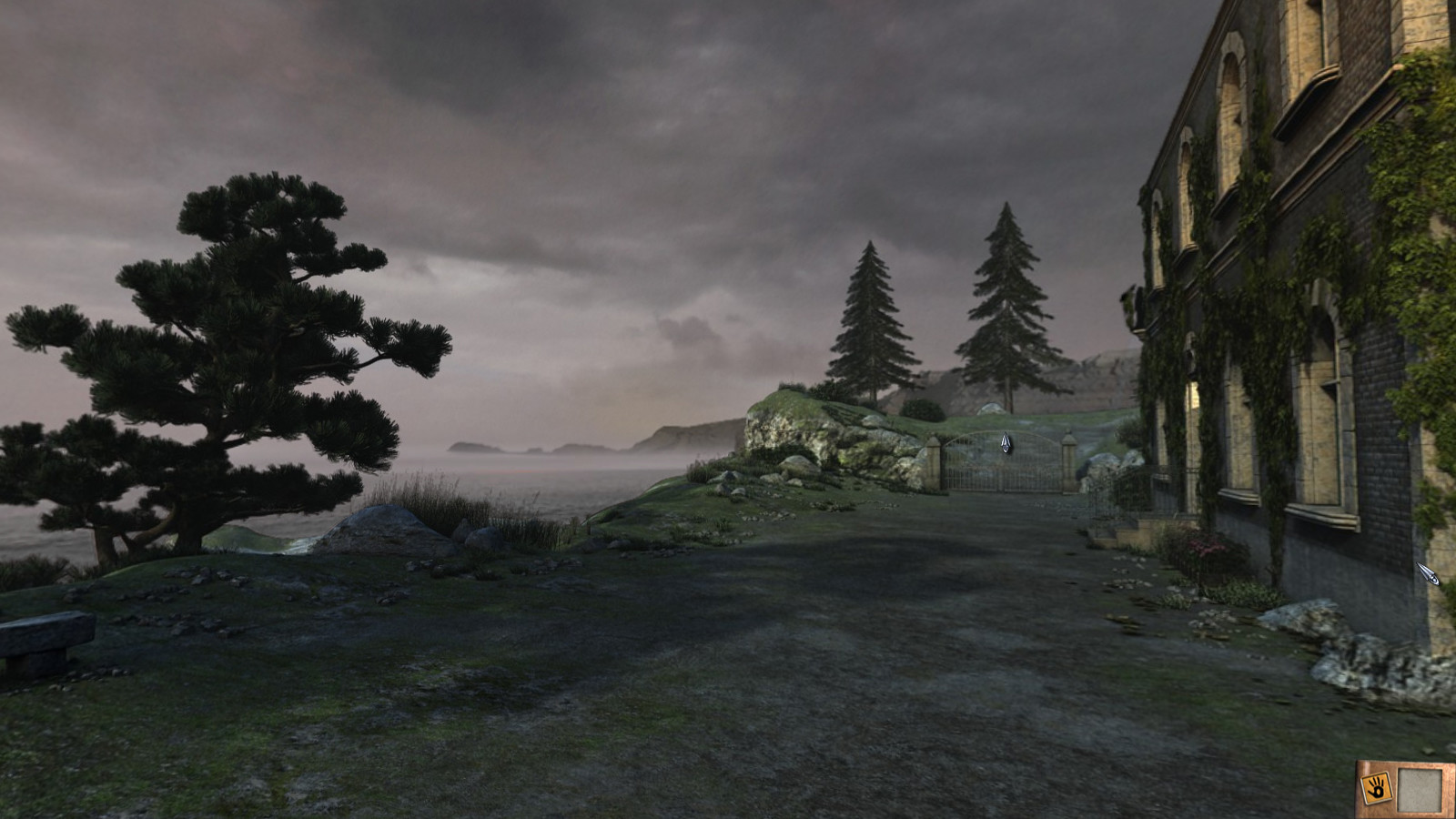
- 1
- 2
- 3
- 4
- 5
- 6
- 7
- 8
Dracula 4 takes you on a journey through 3 different locales. Budapest, London and Istanbul. However the brunt of the story takes place in London with the other 2 locations only getting a small snippet of gameplay.
Gameplay
PC gamers know what to expect from a point & click adventure game and Dracula 4 doesn’t do much to inspire. It’s a typical point & click game. What sets this apart from others in the genre is that you are given a certain amount of freedom to explore. Instead of navigating from one static image to the next using a series of arrows, Dracula 4 lets you look around. Using the mouse you can rotate the camera a full 360 degrees to examine your surroundings. This fluid dynamic works extremely well and does a lot to captivate you, allowing a chance to admire the often detailed and rich surroundings on offer.
Due to Ellen’s affliction you are often forced to take medication to keep her able-bodied and to avoid fainting. This unusual addition does nothing but hinder your enjoyment of the game and it ends up becoming slightly frustrating. Your inventory houses a medication tab containing blue pills, red pills, sleeping pills and pretty much any drugs you find throughout your adventure.
Over time Ellen’s lifebar gradually depletes and if it’s left untouched she gets dizzy, the screen flashes red and you’ll be unable to move. Your only option is to open your inventory and swallow some pills. The game even recommends you mix pills to increase their effectiveness. Heck you can even swallow a full bottle of whiskey along with your pills if you want.
The whole procedure feels out of place and is most definitely both un-needed and un-wanted.
Puzzles
The puzzles in Dracula 4 are, for the most part, pretty decent and somewhat memorable. They range from the mundane such as fixing an audio reel with sticky tape, through to the more complex puzzles such as examining the text of a book with a magnifying glass looking for clues, to the downright idiotic tasks like painting a puppet’s arm and cutting it out.
There are two problems with the puzzles in Dracula 4 though. First of all, many (if not most) of them are dependent on how lucky you are. I ‘stumbled’ on the solution more times than I’d care to admit and some of the solutions didn’t make any sense. This was a common theme throughout many of the puzzles and it only evoked frustration rather than gratification when a puzzle is finally solved.
I personally disliked the fact that puzzles could be skipped. No matter how hard a puzzle is you can just keep clicking until a popup appears asking if you would like to skip it. This helps move the story along, but also manages to create a feeling that the puzzles don’t really matter. Some players might appreciate the option to skip the more difficult puzzles, but a similar effect might have been achieved by giving players a set of increasingly obvious clues to help them, rather than downright skipping it entirely.
Visuals/Audio
The graphics do their job. It’s not a stunningly beautiful game by any stretch but there were quite a few times where I found myself admiring the scenery on offer. Most of the game takes place inside a mansion and it was fairly enjoyable to explore the ins and outs of this gothic London country house. The detailing in some of the scenes was quite astounding, whereas other areas felt bland and underwhelming with a minimalist feel to them.While the character modelling was pretty standard, the animation (or rather lack of animation) was off-putting. During conversations, characters would stand still, with arms down by their side. The cadavers in the graveyard were probably more animated than the living. Lip-syncing was atrocious too.
In fact, the audio in general was generally average at the best of times and downright awful at the worst of times. The ambience did help the audio in that there was usually always something to hear in the background, whether it’s the rustling of foliage outside or the creepy atmosphere in the tomb underground.
The music was a mixed bag of synth and piano and it fit into the eerie feel of the game pretty well.
By far the biggest negative were the voice overs for each of the characters. Whenever anybody spoke, you could almost picture the voice actor reading from a script in a studio booth. It was wooden, lifeless and I’m convinced no professional voice actors were used and Microids instead settled with someone from within their office to read some lines into a mic. Tina from accounts, most likely.
Conclussion
I went into Dracula 4 anticipating a game with blood-sucking vampires, spooky crypts and a harrowing, and somewhat frightening story. At the very least Dracula himself should make an appearance at some point. Instead I was treated to monotonous gameplay, popping pills and painting a puppet’s arm. With roughly three hours of gameplay, little to no replay value, puzzles that frustrate and voice-overs that irritate, Dracula 4 is most definitely one to avoid. Even die-hard Dracula fanatics might struggle to sink their teeth into this title.



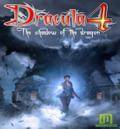
 With almost 30 years of video game experience to his name, Steven knows more than a thing or two about the industry and has been putting it all to words these past few years. As a trophy hunter, the Playstation brand gets most of his attention. Twitter: SteveVanEekeren PSN: Devils_Demon
With almost 30 years of video game experience to his name, Steven knows more than a thing or two about the industry and has been putting it all to words these past few years. As a trophy hunter, the Playstation brand gets most of his attention. Twitter: SteveVanEekeren PSN: Devils_Demon